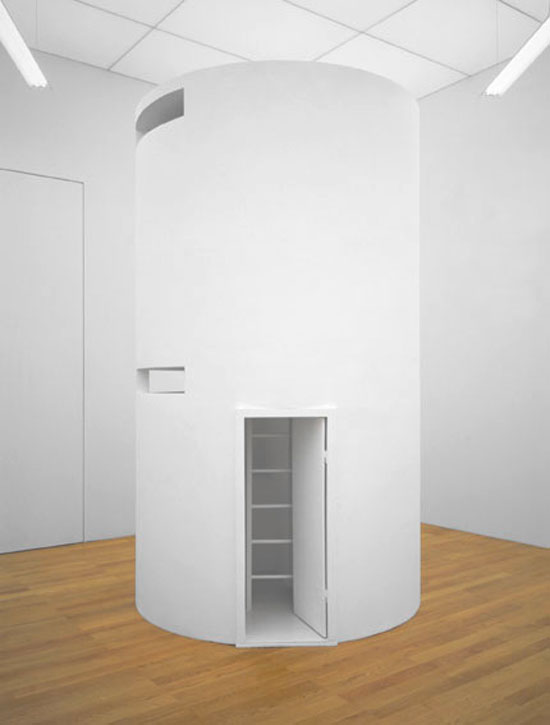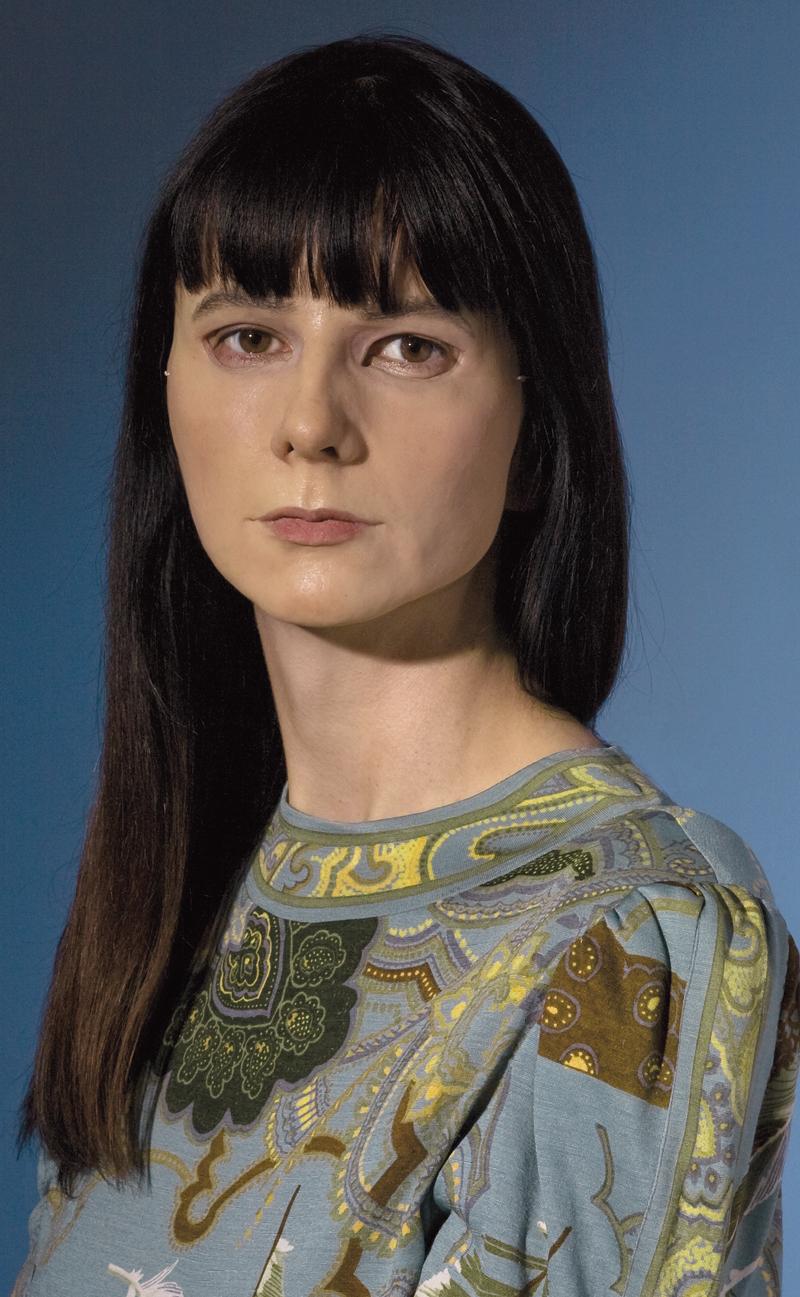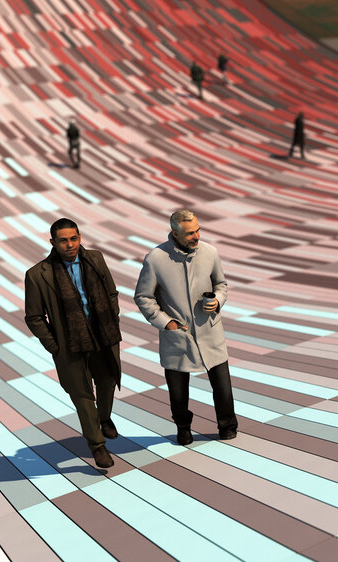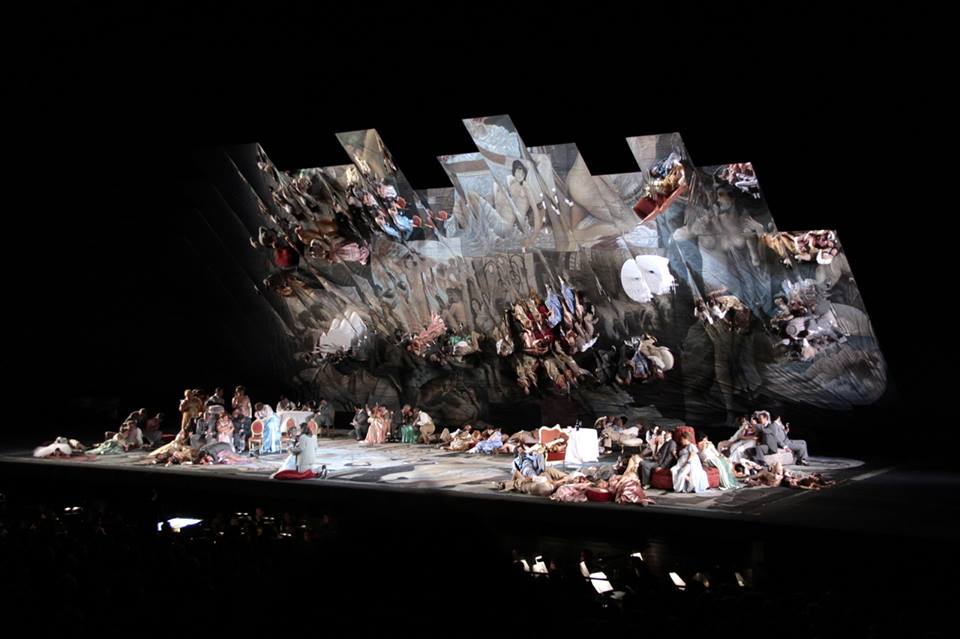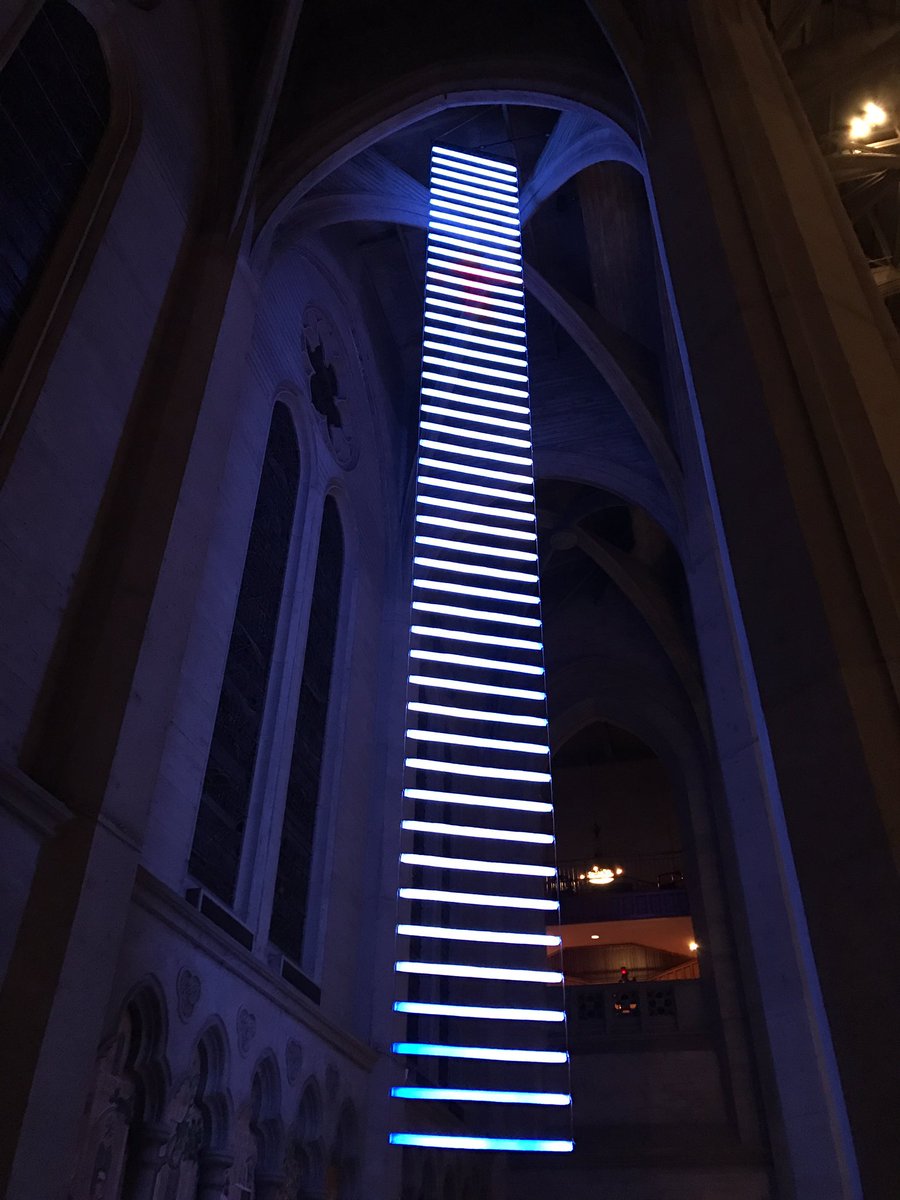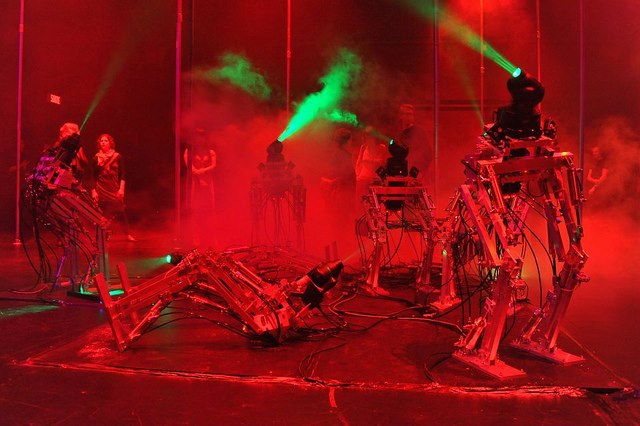بوب ويلسون
鲍伯·威尔逊
בוב וילסון
ロバート·ウィルソン
밥 윌슨
Боб Уилсон
VOOM PORTRAITS
ISABELLA ROSSELLINI
…Robert Wilson does not portray only famous personalities, such as Isabella Rossellini, Brad Pitt, or Caroline von Monaco, but also unknown people and animals who have until now escaped artistic representation, such as a street dancer or a frog. In precisely these stagings, Wilson’s complex visual and sound languages reach their climax, namely, a celebration of empathy: anonymous people become divas, neutral beings achieve cult status. Wilson’s video portraits thus have a cognitive function. Within the history of portrait painting and photographic portraits, especially staged photography, his staged portraits present not only a pinnacle of accomplishment, but also, first and foremost, a climax that is groundbreaking.

